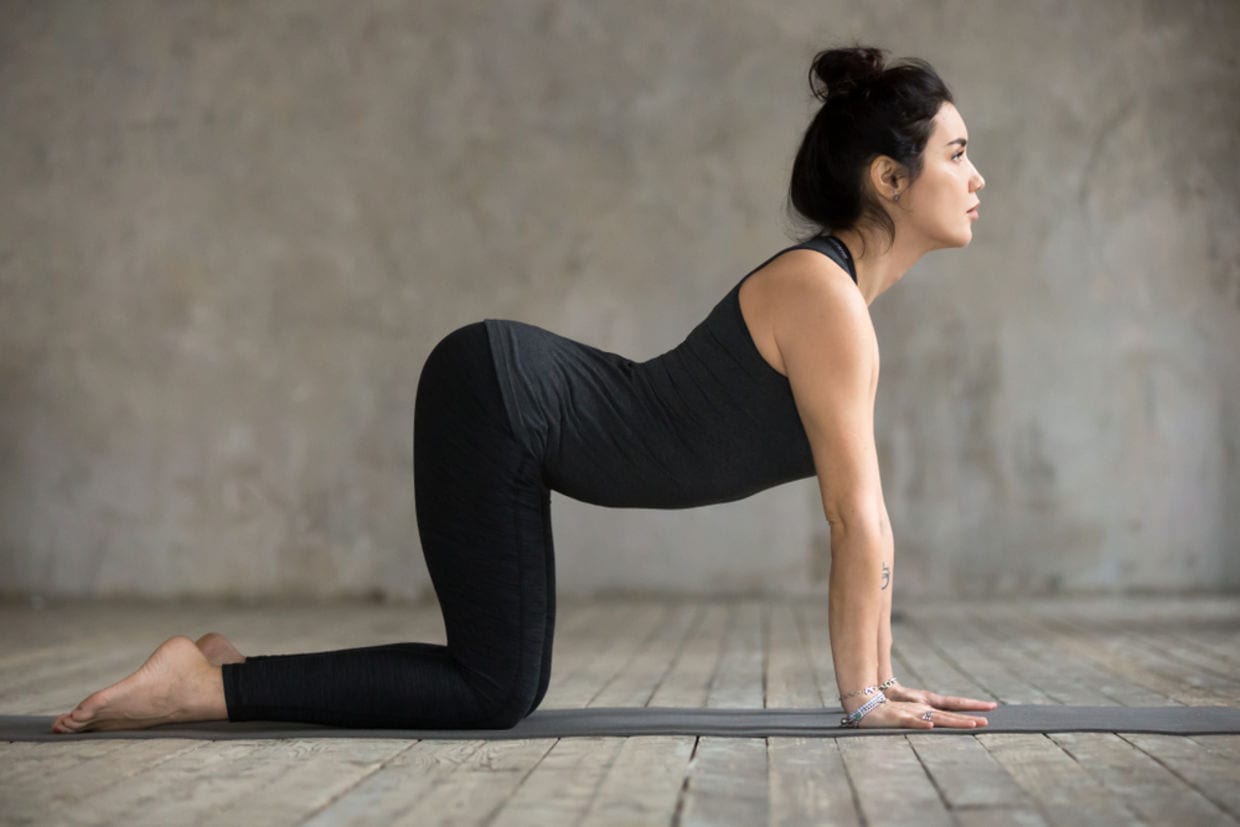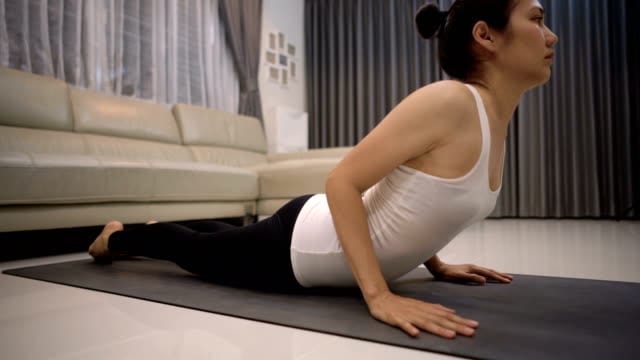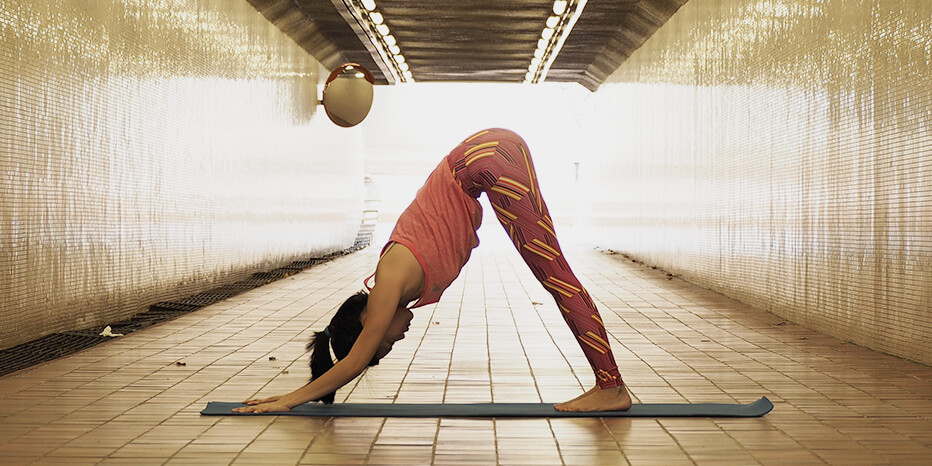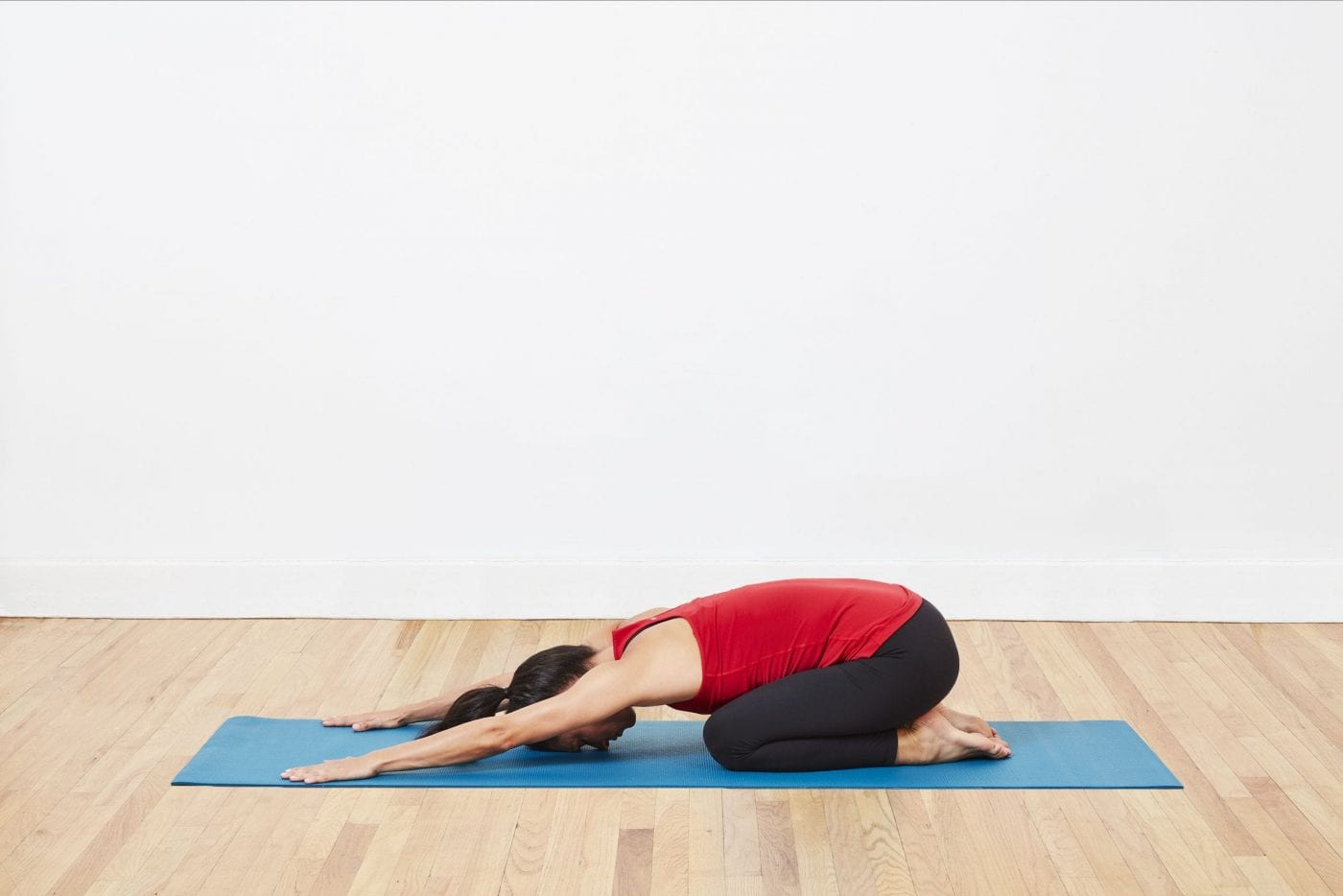In this sedentary world, it’s not surprising that everyone seems to have some sort of lower back issues. Not only helps your mental health stay grounded, it can also be a helpful tool to ease and stretch out your muscles. Here are 5 yoga poses you can try to help your lower back.
The lower back is a touchy spot for some individuals. While there can be a huge amount of reasons for lower back agony, a frail center and poor stance from sitting throughout the day are two extremely basic contributing variables to bring down spinal pains and distress. It’s constantly imperative to make sense of what’s causing torment so you can address it and keep it from happening once more. Be that as it may, much of the time, doing some delicate yoga can help diminish snugness and give your lower back some alleviation.
COW/CAT POSE
Rehearsing this posture may improve the act and advance a solid spine. This posture rubs the spine. Moving the spine along these lines makes feline and dairy animals pose in the middle of every single vertebra, recovering the bone marrow and fortify the back muscles and improves the adaptability of the spine. The posture is uncommonly prescribed to those investing extensive stretches of energy standing up, permits the spine to take a break from against gravity. Stretching the back and the spine, the pose creates balance while relieving back pain.


Here’s how to get this pose:
Bending over on your knees and hands, initiate the asana. Ensure your knees are set legitimately beneath your hips and your wrists, elbows, and shoulders are in line and opposite to the floor. Focus your head in an unbiased position, eyes taking a gander at the floor.
As you take in, lift your sitting bones and chest toward the rooftop, allowing your paunch to sink toward the floor. Lift your head to look straight progress.
Inhale out, coming back to fair “tabletop” position on your hands and knees.
This posture is basic yet exceptionally compelling at calming torment and strain aggregated in the back, improving adaptability in the spine, supporting stomach organs and advancing unwinding in the body.
While the pose is beneficial a long-term practice can let you reap the best of the benefits.
SPINAL TWIST —VAKRASANA
In Vakrasana, the storage compartment is bent to either side and is polished in the sitting position. It is a decent bending posture for novices.

Here’s how to get this pose:
To go about this asana, the requirement is for you to seat yourself with your legs out in the front. Letting your right leg remain straight ahead, bend you’re left with the sole facing the ground. With the right hand over your left toe, and left hand behind the body for support, twisting your neck to the left, turn your body balancing its weight on your trunk, maintain the position for a few seconds. Slowly come back to the initial position and repeat the same for the other side.
The stance kneads the stomach organs, encourages the absorption and directs the discharge of stomach related juices. This decrease clogging and stomach ailments. The contort likewise decreases paunch fat. It expands the versatility of the spine and assuages vertebrae solidness. Furthermore, it extends the hip joints and the legs.
This posture will engage you and increment your vitality. It will likewise improve your feeling of self and increment your confidence. A turn to the spine offers an extraordinary strain reliever for the whole back, just as the neck. You find a good pace, unwind and let the gravity help you.
SPHINX POSE
Sphinx Pose is a delicate backbend reasonable for most learners. It stretches the abs, fortifies the spine, and firms the hindquarters. It likewise stretches and opens the chest, lungs, and shoulders. It empowers the body, alleviates the sensory system, and is likewise helpful for weakness.
The weight put on the guts invigorates the stomach related organs. It warms the spine and serves to rebalance the normal bend of your lower back. This checks low-back evenness brought about by extensive stretches of sitting. Sphinx Pose is likewise an incredible preliminary posture for more profound backbends.

Here’s how to get this pose:
Initiate by spreading your feet as wide as your hip level and subsequently bring your elbows ahead. If there is a lot of weight on your lower back, you can present your elbows marginally.
On the chance that you need a more profound twist, place a square under the elbows. Holding the posture for 1-3 minutes, and turn out by first bringing down your chest area on to the floor. Unwind on the floor for the period as required.
The consistent practice of this pose promotes the natural curvature of the body along with the easing of back pain in the longer run.
DOWNWARD FACING DOG
The particular asana of the downward Facing Dog empowers and restores the whole body. It profoundly extends your hamstrings, shoulders, calves, curves, hands, and spine while building quality in your arms, shoulders, and legs. Since your heart is higher than your head right now, it is viewed as a mellow reversal and holds all the advantages of reversals: Relief from cerebral pains, a sleeping disorder, weakness, and gentle wretchedness. The progression of blood to the mind additionally quiets the sensory system, improves memory and fixation, and calms pressure.

Here’s how to get this pose:
Descending Facing Dog invigorates and revives the whole body. It profoundly extends your hamstrings, shoulders, calves, curves, hands, and spine while building quality in your arms, shoulders, and legs. Since your heart is higher than your head right now, it is viewed as a gentle reversal and holds all the advantages of reversals: Relief from migraines, a sleeping disorder, weakness, and mellow sadness. The progression of blood to the cerebrum likewise quiets the sensory system, improves memory and fixation, and diminishes pressure.
The long-term practice of this posture can improve absorption, diminish back torment, and help forestall osteoporosis. It is likewise known to be remedial for sinusitis, asthma.
CHILD’S POSE
Kid’s Pose assists with extending the hips, thighs, and lower legs while lessening pressure and weariness. It tenderly loosens up the muscles on the facade of the body while delicately and latently extending the muscles of the back middle.

Here’s how to get this pose:
To go about this pose, stoop on the floor with your toes together and your knees hip-width separated. Lay your palms over your thighs.
On a breathe out, bring down your middle between your knees. Broaden your arms close by your middle with your palms looking down. Loosen up your shoulders toward the ground. Rest in the posture for whatever length of time required.
This resting present focuses, quiets, and calms the cerebrum, making it a restorative stance for soothing pressure. When performed with the head and middle upheld, it can likewise help ease back and neck torment. Once in awhile utilized as a counter-posture to backbends, Child’s Pose reestablishes harmony and serenity to the body.
*Always consult your doctor before undertaking any physical activity. This should not be taken as medical advice.
Main Image Photo Credit: www.soulscape.asia
Vivek Roy
Author
Vivek Roy (@charlie_mascarenas) is an enthusiastic traveller from India who has also completed yoga teacher training. He loves to travel and share his knowledge of yoga through blogging. For more information about him visit www.sattvayogaacademy.com.

















































